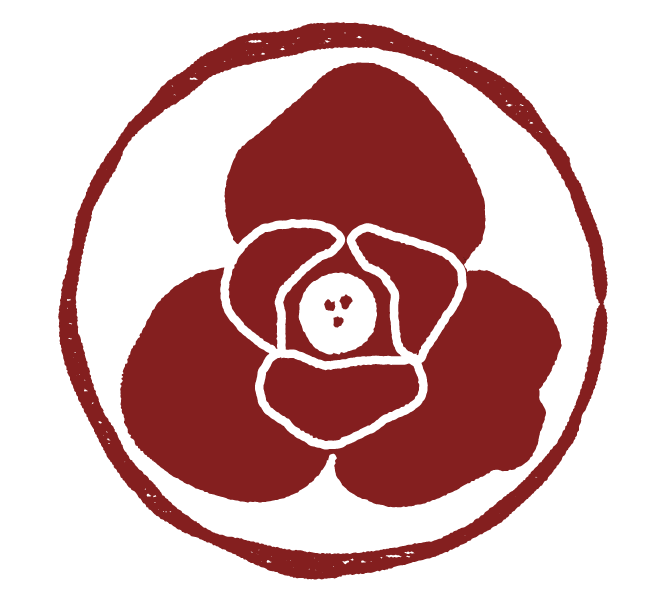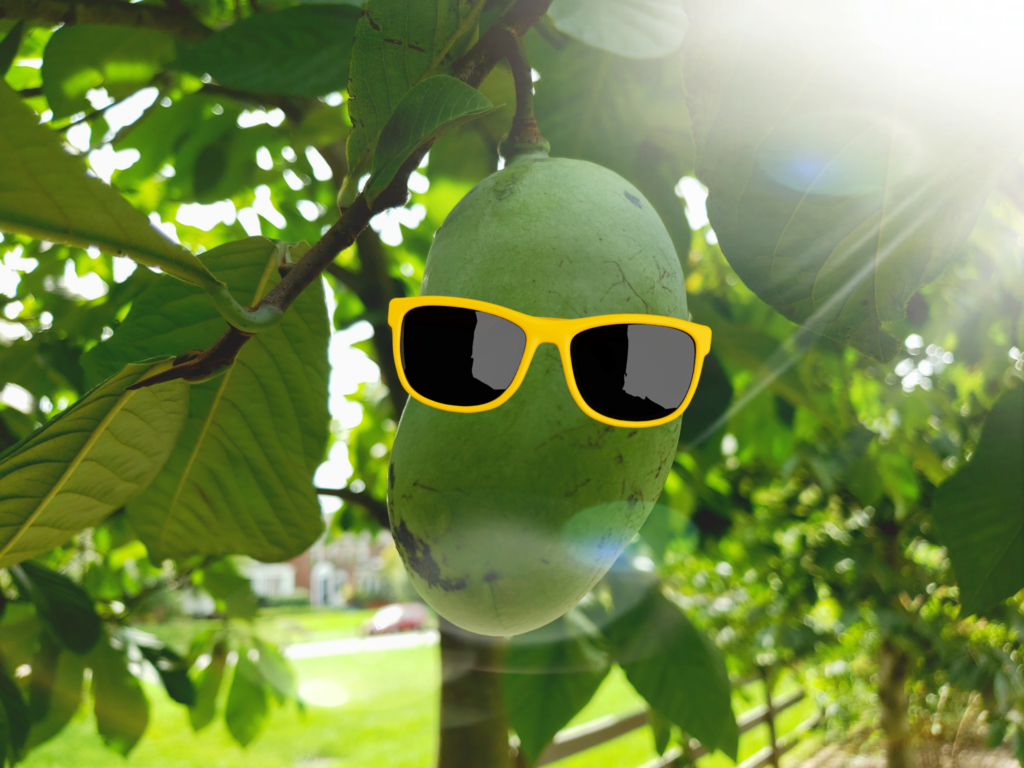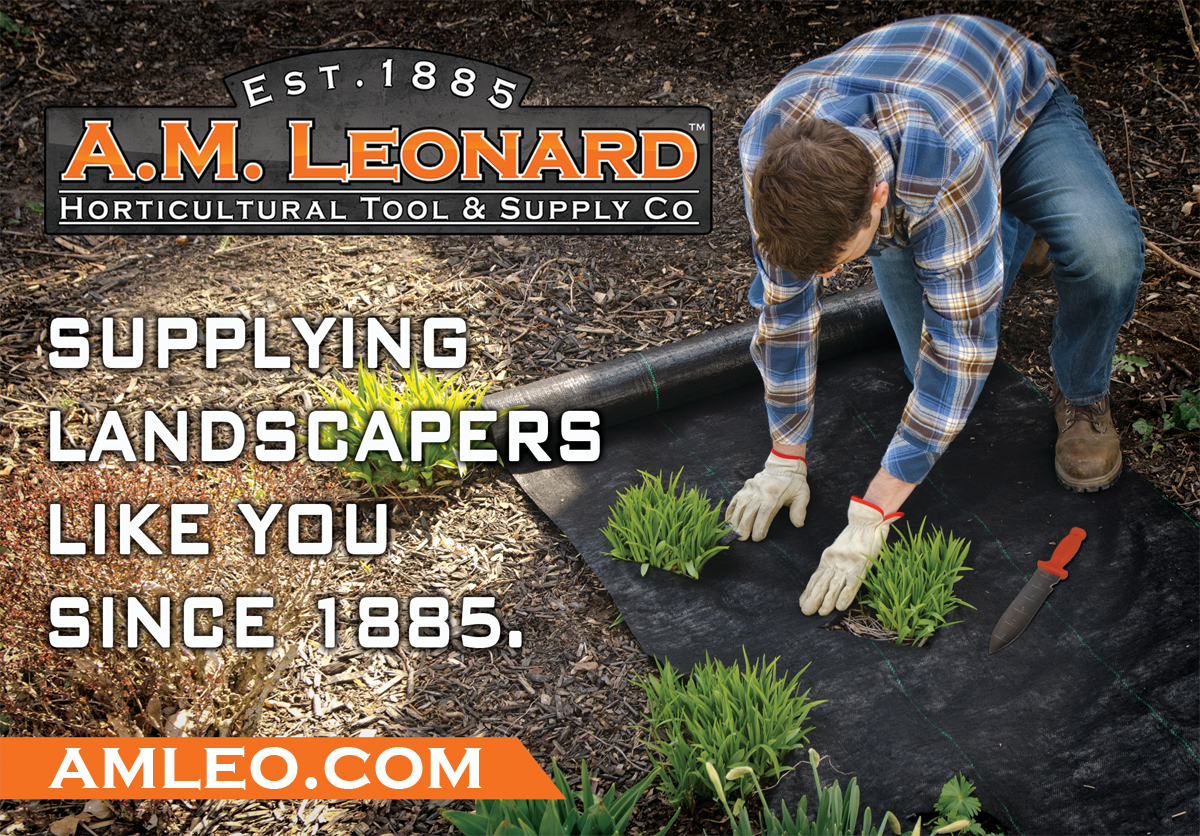A Comparison of Material Cost, Effectiveness, and Durability
This post contains affiliate links. As a member of Amazon Associates, I may earn a commission from qualifying purchases at no cost to you.
Pawpaws (Asimina triloba) are an understory tree but long-term fruit production requires full sun exposure. For some young trees – especially grafted plants under three feet tall – the transition from a greenhouse environment to a permanent home may require temporary shade cover and safeguards against other risks.
Tree tube or cage protection offers key benefits: reducing leaf burn and heat stress on vulnerable trees; minimizing southwest injury and freeze damage; and shielding against critters or rogue mechanical destruction.
What You’ll Need:
- Chicken wire, hardware cloth, garden fence, or tomato cage
- Zip ties, wire, or twine
- Wood garden stakes, light-duty fence U-posts, or fiberglass rod posts
For this analysis, ten of the top retailers per category were reviewed. This includes a sample of big box stores, national suppliers, and specialty shops. Prices were recorded as of January 2023 and does not including discounts, shipping & handling, or taxes.
Tree Tubes
Tree tubes are a strong personal preference – there are big fans and loud critics. For growers exploring this path, a wide selection of styles and sizes are easily accessible. Established brands include Blue-X, Max Grow, Tree Pro, and Tubex.
Advantages
- Easy installation and management
- Weather resistant and re-usable
- Space efficient with tube widths ranging 3-5 inches
Disadvantages
- Creates a microclimate that can impact tree hardiness
- Attracts pests such as wasps and slugs
- Not a long-term protection option as trees mature
Cost per Unit (excluding stakes)
- High: $9.20
- Average: $4.28
- Low: $1.10
Best Selection: Forestry Suppliers
Cotton Knit Fabric
Need shade protection in a pinch? Recycling old cotton t-shirts or bedsheets can work. As a long-term solution, the drawbacks seem to outweigh any benefits so new spending on fabric would not be advised. However, it’s worth mentioning that this approach is highlighted in Cornell Cooperative Extension’s Pawpaws in NY: A Guide on How to Grow and Care for Pawpaws.
Advantages
- Easy to source on short notice
- Good temporary option with minimal fraying
- Organic fabrics are biodegradable
Disadvantages
- Poor air flow
- Secure fastening may be a challenge
- Not weather resistant
Cost per Square Foot
- High: $0.91
- Average: $0.57
- Low: $0.22
Best Deal: Walmart
Burlap
Burlap is a natural, woven fiber that is typically made from the skin of jute plants. The cost for material can be driven down to nearly zero by salvaging from coffee roasters, specialty grocery stores, or craigslist. Plus, this option is organic and the most environmentally friendly choice.
Advantages
- Good air flow
- Ease of shopping
- Not a synthetic material
Disadvantages
- Popularity of “farmhouse chic” has jacked up prices
- Easy to cut and fasten but edges will fray
- Harsh weather will affect intermediate and long-term durability
Cost per Square Foot
- High: $0.42
- Average: $0.26
- Low: $0.14
Best Deal (tie): Ace Hardware, Menards
Shade Cloth
Shade cloth is a synthetic woven or knit material used to filter UV rays and protect plants, especially at nurseries or greenhouses. Depending on your climate, shade cloth of 30% to 50% is recommended for pawpaws. For example, growers in deep southern regions may need to block more intense sunlight and heat.
When shopping for shade cloth, considerations include: color (primarily black or green); shade density (ranging from 30% to 90%); and finished (with edging with grommets) versus unfinished (bulk purchase by the foot at varying lengths) material.
Advantages
- Weather resistant with long-term durability
- Good air flow
- Best option as a canopy for a collection of seedlings or trees
Disadvantages
- Black shade cloth absorbs heat and can create a sweltering environment
- Rolls are mainly sold in bulk for large operators versus backyard growers
- Primarily constructed of polyethylene, which is not biodegradable
Cost per Square Foot
- High: $0.76
- Average: $0.32
- Low: $0.09
Best Deal: Home Depot
Camouflage Netting
Camouflage was formally designed in World War I by two French painters with the 6th Artillery Regiment. The netting – with many new high-tech advancements – is used extensively by the military and hunters for concealment, securing equipment, and weather protection. For pawpaws, basic camouflage netting is a very viable option that was recommended in a post on Pawpaw Fanatics in 2020.
Advantages
- Strong air flow and all-weather resistant
- Cost effective given durability
- Easy to cut (with clean edges) and fasten to cages
Disadvantages
- Limited outlets – order online or shop at Army Navy surplus stores
- Aesthetics are potentially less appealing
- Predominantly constructed of polyester, which is not biodegradable
Cost per Square Foot
- High: $0.56
- Average: $0.36
- Low: $0.12
Best Deal: Amazon
That’s a Wrap!
After a lot of trial and error, camouflage netting has been the go-to approach at Libbey Farm for several years.
Certainly, this analysis is not an exhaustive list of possible materials. Other options include insect screen cloth, all-purpose garden fabric, cheesecloth, and tulle fabric.
We want to hear from you! Share your experience with shade protection for pawpaws. Follow us on Facebook and Instagram to leave your comments and feedback.
Visit our Resources page for more growing tips.


